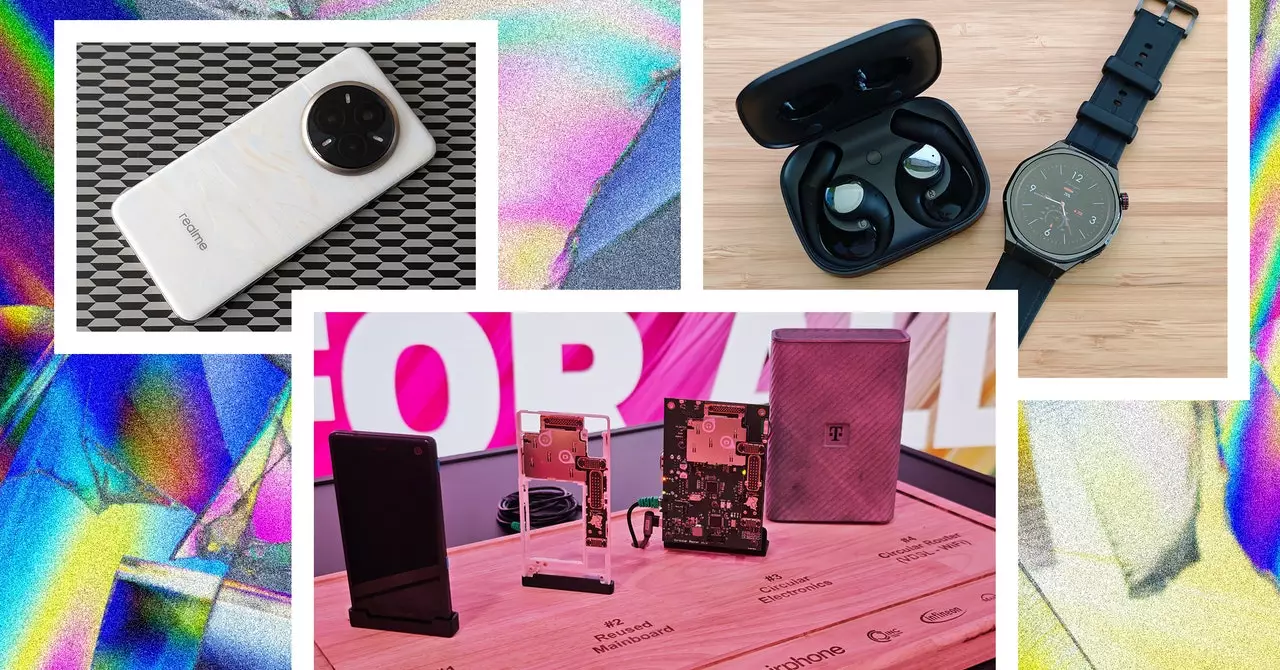The Mobile World Congress (MWC), an annual showcase in Barcelona, stands as a glittering beacon in the technology landscape where industry giants converge to display their latest creations. Although the event no longer monopolizes smartphone launches as it once did, MWC 2025 captivated attendees with a variety of compelling technology and innovative gadgets. This year marked a shift toward artificial intelligence integrations and novel concepts that set the tone for the mobile landscape. As we dissect the main attractions, it’s evident that MWC continues to deliver significant advancements that push the boundaries of mobile innovation.
Among the many presentations, Xiaomi’s two flagship devices, the Xiaomi 15 and Xiaomi 15 Ultra, stole the spotlight. Both smartphones earned a solid reputation, boasting luxuriously vivid displays, impressive battery life, swift charging capabilities, and the seamless performance we’ve come to expect from top-tier Android devices. The second iteration of Xiaomi’s HyperOS incorporates AI features that enhance the overall user experience, carving a niche in an already competitive field. However, what makes these devices particularly noteworthy is not just their cutting-edge technology but also their hefty price tags—starting at £849 and climbing to £1,299 for the Ultra model.
What stands out is Xiaomi’s ability to cater to a demanding market with its comprehensive ecosystem. In addition to the flagship phones, the company unveiled the Xiaomi Pad 7 and 7 Pro tablets, enhancing their portfolio with advanced features like larger displays and extended battery life. They even introduced the Xiaomi Buds 5 Pro, which not only boast active noise cancellation but also incorporate AI-driven transcription capabilities, blending technology seamlessly into convenience. This strategic product diversification highlights Xiaomi’s commitment to enhancing its market share and consumer loyalty in an increasingly crowded arena.
While Xiaomi dazzled with its advanced offerings, Nothing, a brand that has made its mark by challenging conventions, unveiled its new smartphones, the Phone (3a) and Phone (3a) Pro. Both models present an elegant yet minimalistic design while providing cutting-edge technology at a competitive price point. The Pro model distinguishes itself with a remarkable 50-megapixel camera featuring larger pixels for superior low-light performance and an advanced periscope lens, ideal for photography enthusiasts. This results-focused approach at sub-$500 prices illustrates that robust innovation doesn’t have to come with exorbitant costs.
The contrast between Xiaomi’s high-end offerings and Nothing’s budget-friendly models indicates a broader trend in the industry—an increasing focus on delivering high-quality functionality without breaking the bank. As emerging brands continue to anticipate consumer needs, the competition inevitably fuels improved products across all price segments, making cutting-edge technology accessible to a wider audience.
A noticeable trend at MWC 2025 was the prominent integration of artificial intelligence across various devices. From AI-enhanced photo capabilities in smartphones to intelligent health-tracking features in wearables, the focus on machine learning and AI systems hints at a future where these technologies become indispensable in mobile accessories. The demand for AI-driven functionalities is reflective of changing consumer expectations; tech-savvy users are no longer satisfied with basic usability. They seek devices that facilitate smoother interactions, automated processes, and personalized experiences.
The importance of AI can also be seen in the increased demand for smart transcription and translation tools in wearable devices, allowing for seamless communication in diverse scenarios. This trend signifies a pivotal shift in how we interact with technology, signifying that mobile devices are becoming more than just communication tools; they are evolving into lifestyle companions tailored to meet individual needs.
MWC 2025 symbolizes not only an exhibition of new devices but also a crucial segmentation of the market as it adapts to evolving consumer preferences. The event encapsulated a forward-thinking mentality, highlighting the rapid development of mobile technologies coupled with consumer-centric designs. As we look beyond MWC, it’s clear that collaboration between AI innovation and device functionality will be instrumental in shaping the next generation of mobile experiences. The future promises not only functionality but also creativity, intelligence, and connectivity, which will ultimately define the next evolution in mobile technology.

